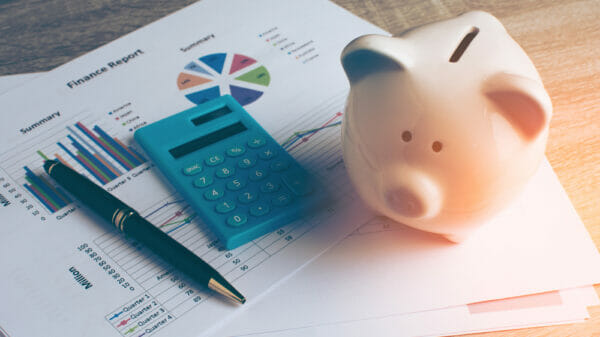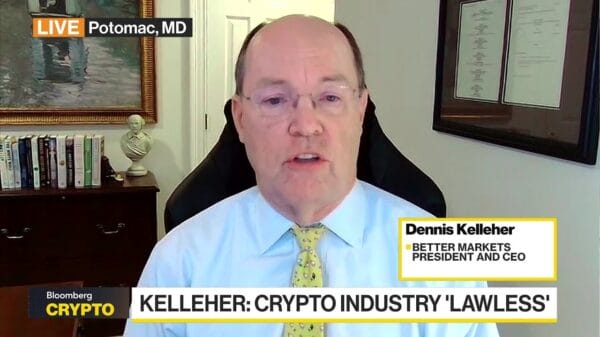According to a report from the United States Commerce Department, consumer spending has been on the rise for the past seven months, with a 0.3% rise recorded in September. Most of the spending increase has been focused around the automotive and healthcare industries. However, conversely, increase in household income has been minuscule, with disposable income at the lowest it has been in 15 months and savings at the lowest since December 2017.
Experts believe this odd dichotomy is due to several notable factors. Firstly, the recent $1.5 trillion tax cut invested a lot of money into the economy, but its effects have started to level out and the money has stopped trickling down. Second, the stock market has been particularly volatile in the last month, with bad business news sending even massive companies like Amazon down the economic totem pole. Third, interest rates, particularly in the housing market, have seen a notable spike in recent months, with yet another spike expected in December.
Consumers appear to be emboldened to spend by the boosted economy, but as a result, have far less money in reserve. Experts project that consumer spending will level out after the holiday shopping season has passed in the beginning of 2019.













































